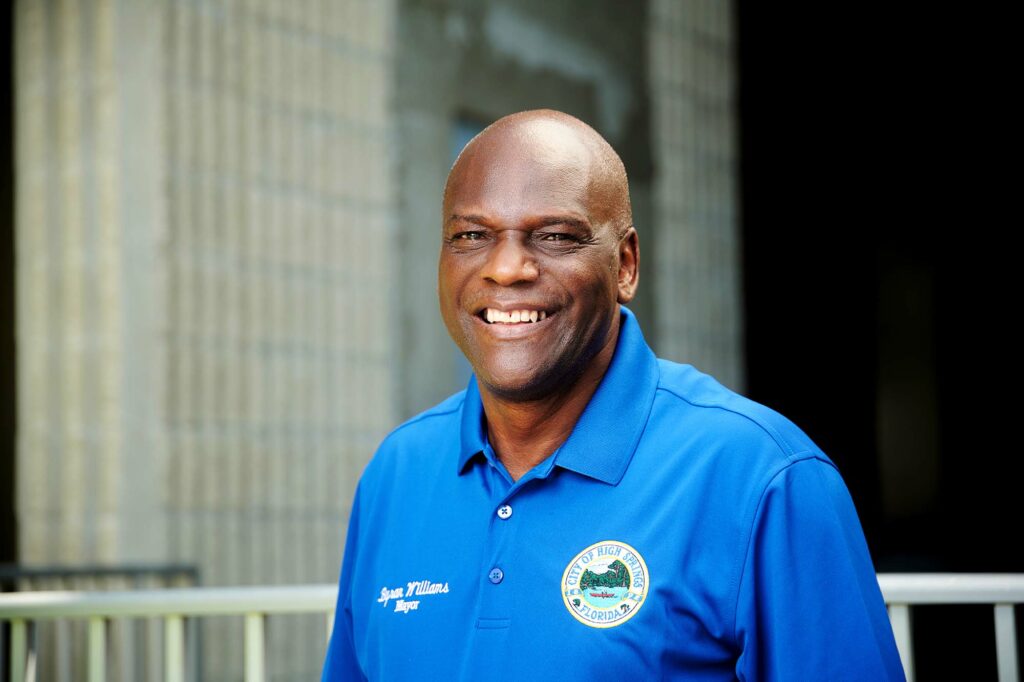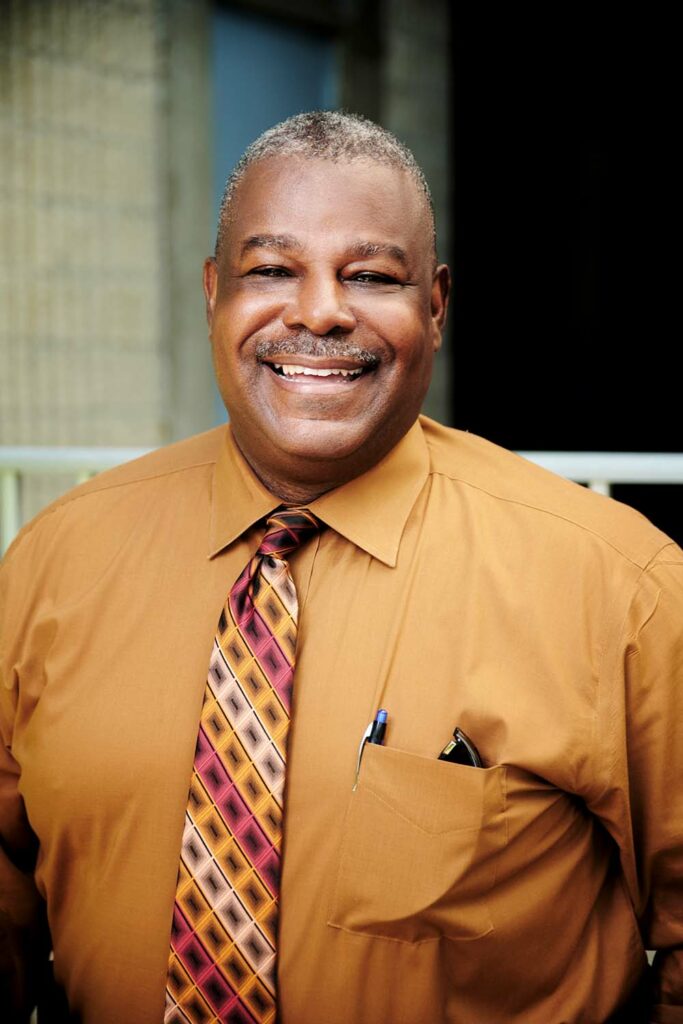Protecting the spring water this community needs and loves
The residents of High Springs, Fla., know their local springs are not only some of Florida’s greatest natural resources but are also vital to the local community.
“We need to leave a good legacy for our children,” said Byron Williams, mayor of the City of High Springs. “We need to make sure our springs are in great shape and that our next generation has safe water to enjoy and to drink.”
Mayor Williams explained that for several years, most High Springs’ residents had been using septic systems, which were increasing the levels of nitrogen in local springs and rivers. The “karst” geography of the area, part of what makes it special, also means nitrogen in the groundwater easily impacts connected water sources nearby. Existing local septic systems, built over sensitive springsheds, were aging and often failing.

With more than 4,200 citizens in High Springs on septic systems in 2000, the City began planning for a wastewater treatment plant and centralized sewer system. The facilities would be constructed in phases to properly treat wastewater.
The effort to help residents switch from septic to city sewer began with the Hornsby Springs project, taking neighbors off their private septic systems. There are now several projects within the initiative, in partnership with the Suwannee River Water Management District. All projects share the common goal of reducing nitrogen in the groundwater within the Santa Fe River Basin Management Action Plan Area which includes Poe Springs and the Santa Fe River.
“I would like for future generations, for my grandson’s grandchildren, to be able to enjoy a resource that’s clean and abundant,” said Hugh Thomas, executive director of the Suwannee River Water Management District. “That’s my personal goal, in this role at the District.”
By removing 216 septic tanks and the package plant, a pre-manufactured treatment facility used to treat wastewater, the estimated nitrogen reduction to the groundwater is 2,387 pounds per year. Each project, from design phase to final construction, takes around three years to complete.
Joel DeCoursey, Jr., city manager of High Springs, said these projects will be beneficial to the future of the city’s growth.
“It’s long overdue and something we really needed to sustain the ability to live in this community,” said DeCoursey, Jr. “It’s a great improvement to our infrastructure, and it means less maintenance for citizens and cleaner water for everyone.”

For Kris Eskelin, senior project manager at the Suwannee River Water Management District, this project was especially personal. She has served as the High Springs septic to sewer project manager representing the District.
“The one reason I wanted to work at the Suwannee River Water Management District was to help protect the springs and the rivers around here,” said Eskelin, who lives along the Sante Fe River. “I care so much about them, and I wanted to help remove some of the nutrients that are coming into our springshed.”
Jennifer Stull, finance director for the City of High Springs, explained the initiative to help convert more residents to sewer will continue to be a multi-year process.
“The grant we were able to obtain helped a lot of customers get onto the (sewer) system,” Stull said. “As we grow — not too quickly — this helps new residents connect systems in a healthy way. We all live close to the springs and want to do things right. We want to protect the water. The more people we convert to the sewer system the better off our water will be.”
According to Stull, right now, the City is serving roughly 1,700 connections on sewer, but the goal is to serve all 2,800 residents in future stages.
Greg Lang of engineering firm Mittauer & Associates, Inc., played a role in identifying the project’s environmental impact. He says it will make the High Springs area a better place to live and enjoy.
“High Springs is a city impacting the springs and nestled among them,” Lang said. “When you work in projects on behalf of municipal government, it takes really high quality elected official leadership, and High Springs leaders have the foresight for how these decisions impact future generations. Long after we’re gone, this work will bring value.”

As water flows, it knows no geographic or political boundaries. For residents who rely on local water every day and make memories enjoying the springs, the switch from septic to sewer is an important step in protecting the community’s future.
“This work took leadership from all the partners who came together with shared values around these resources,” added Lang. “It is everyone’s water.”
“I was one of the first commissioners here when we first started bringing in the sewer system,” said Mayor Williams. “I am wholeheartedly for it and I think it needs to be for all residents of High Springs to make it a better place to live.”
